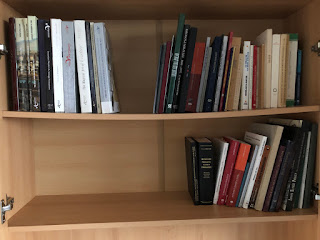Watches &
Wonders is the name of the Watch Show that will host Patek Philippe, Rolex,
Cartier and several other brands next year in Geneva. Preparations include the creation
of a new online platform whose launch is scheduled on 25 April al 12:00 pm CET.
Its contents feature the coverage of the new releases and trends for 2020, product
launches, expert analyses, interviews with industry insiders.
ITALIANO
Si chiama Watches & Wonders la fiera ginevrina
che nel 2021 ospiterà gli stand di Patek Philippe, Rolex, Cartier e numerose
altre Case. Tra i preparativi si segnala la creazione di una nuova piattaforma
online il cui lancio è fissato per il 25 aprile alle 12:00. Il visitatore vi
troverà articoli sulle novità e le tendenze del 2020, recensioni di prodotti,
analisi di esperti, interviste con gli addetti ai lavori.









































